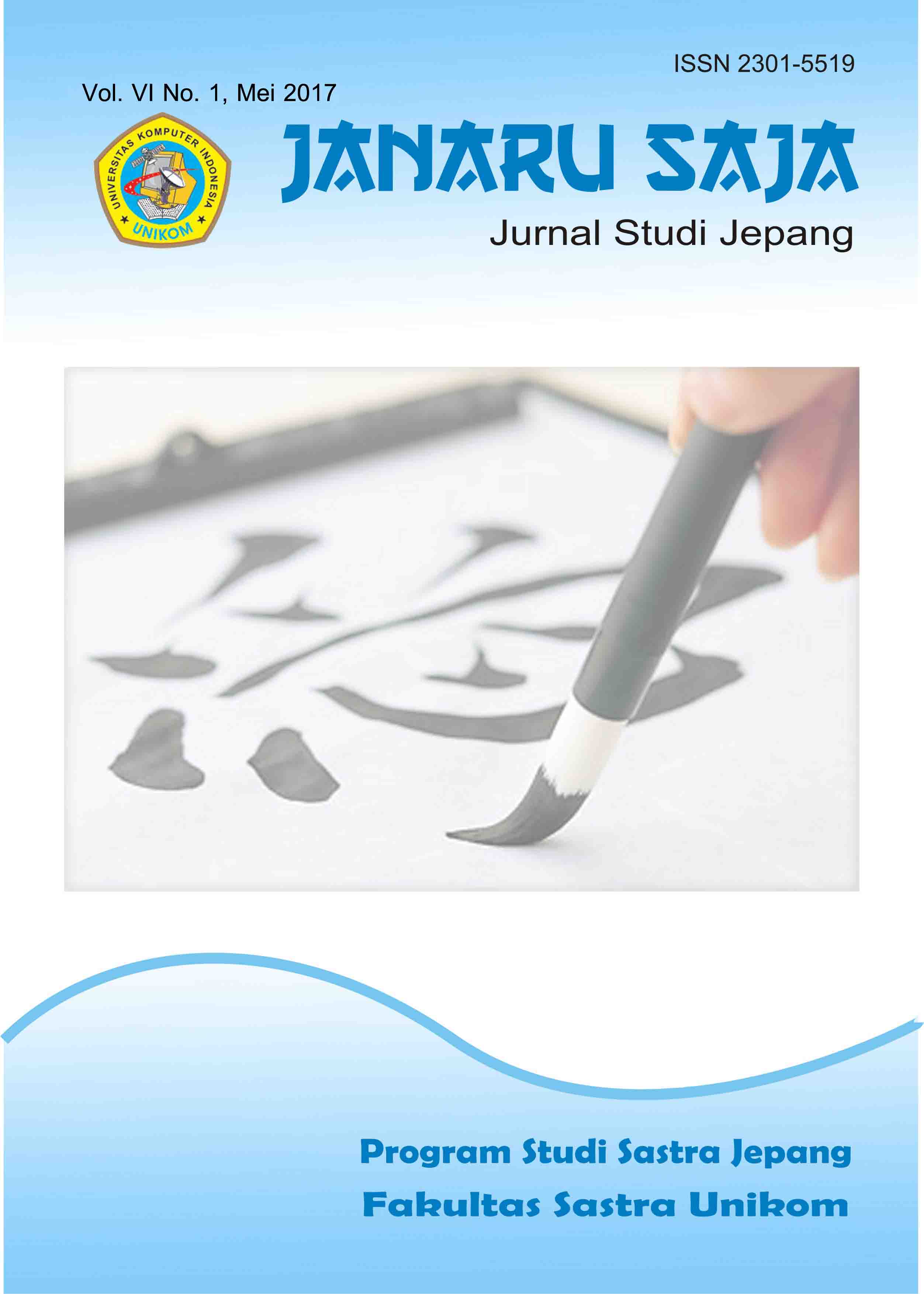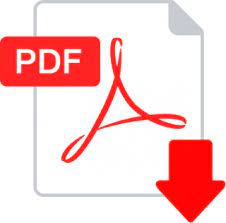FAKTOR PENYEBAB KESALAHAN PENGGUNAAN HURUF KATAKANA
DOI:
https://doi.org/10.34010/js.v6i2.578Keywords:
Kesalahan Penggunaan, Katakana, GairaigoAbstract
This study discusses what are the factors that causing misuse of katakana in high school students. The research method used in this study is qualitative descriptive method. Type of mistake analyzed in this research is the error one with the classification of the cause of the error, such as Over-generalization, ignorance of rule restriction, incomplete application of rule, and false concept hypotesized. result from this study are the students are having difficulties on katakana letters that have similarity form and katakana that have double consonant or known as sokuon on gairaigo vocabulary.References
Kamal, A.A. (2017). Analisis Kesalahan Penggunaan Huruf Katakana Dalam Penulisan Gairaigo Pada Siswa Kelas XI Di SMAN 1 Kabupaten Tangerang. Bandung: Universitas Komputer Indonesia, Tidak Dipublikasikan.
Kaori, Shimada. (2011). Nihongo Gakushuusha no Goyou Bunseki. Yamaguchi University. Diunduh di http://petit.lib.yamaguchi-u.ac.jp/G0000006y2j2/file/18228/20110328161801/C060034000009.pdf (Jumat, 20/01/2017; 21:00 WIB)
Sudjianto. (2007). Pengantar Linguistik Bahasa Jepang. Jakarta. Kesaint Blanc.
Sudjianto, dan Dahidi, Ahmad. (2004). Pengantar Linguistik Bahasa Jepang. Jakarta. Kesaint Blanc.
Tarigan, Henry Guntur. Tarigan, Djago. (2011). Pengajaran Analisis Kesalahan Berbahasa. Bandung. Angkasa.
Downloads
Published
Issue
Section
License
- Authors retain copyright and grant the journal right of first publication with the work simultaneously licensed under a Creative Commons Attribution License that allows others to share the work with an acknowledgement of the work's authorship and initial publication in this journal.
- Authors are able to enter into separate, additional contractual arrangements for the non-exclusive distribution of the journal's published version of the work (e.g., post it to an institutional repository or publish it in a book), with an acknowledgement of its initial publication in this journal.
- Authors are permitted and encouraged to post their work online (e.g., in institutional repositories or on their website) prior to and during the submission process, as it can lead to productive exchanges, as well as earlier and greater citation of published work (See The Effect of Open Access)











.jpg)

